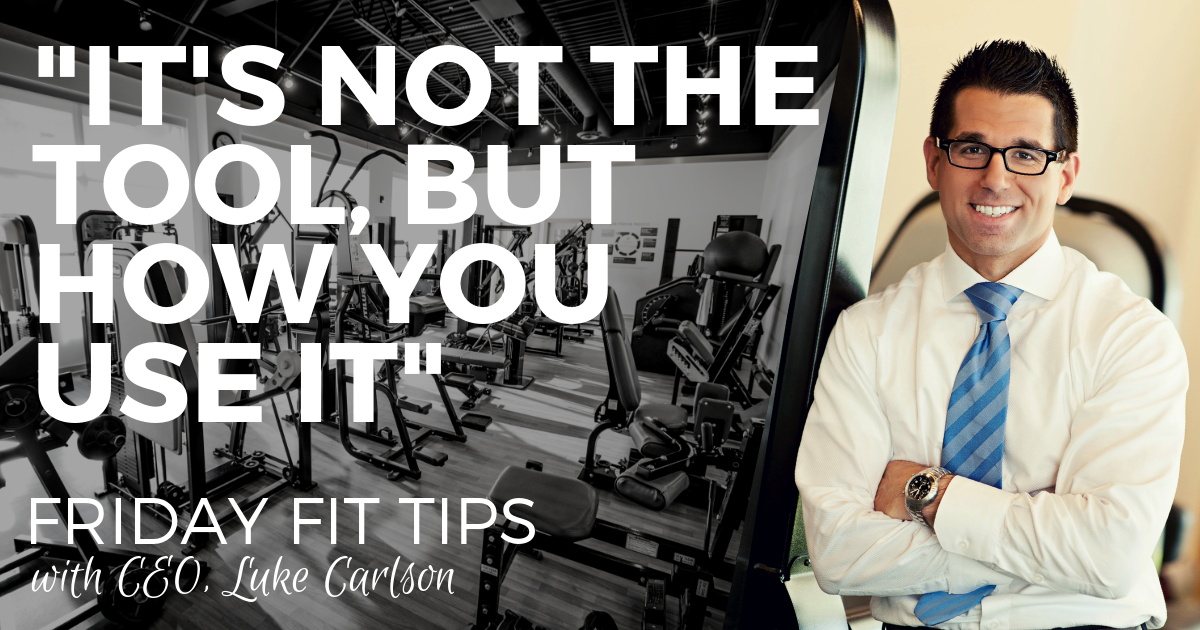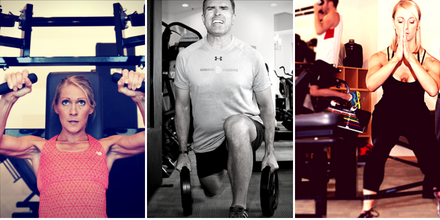"IT'S NOT THE TOOL, BUT HOW YOU USE IT"
Sometimes Old School is the Right School
The American College of Sports Medicine (ACSM) sent out an email survey to its members and certified professionals asking them what the new trends in the fitness industry are for 2013-2014. A few of our staff chuckled as we clicked through question after question about the latest and greatest fitness fads. It left me thinking, “Who cares if this stuff is “new” or hot… shouldn’t we be more concerned with whether or not it PRODUCES RESULTS?” The fitness industry (including everything ranging from health clubs, personal trainers, infomercial gadgets, and fitness/wellness magazines) is as guilty as any industry of hyping what’s new. I’m all for continual improvement and innovation, but new doesn’t mean better… it means, “new.” This line of thinking led to the development of our new “Group” workout card at Discover Strength. We named the workout card “Legends” because the three workouts come from three mentors of mine that are truly “legends” in the field of strength training and fitness. Each workout finds it’s origin in a different decade; one from the 70’s, one the 80’s, and one the 90’s.
The Major Limitation of a Free Weight: Unilateral Resistance
Arthur Jones, founder of Nautilus Sports Medical Industries and later the MedX Corporation succinctly stated, "Man is a rotary animal." When we contract our muscles, we are causing rotational movement around a joint or a series of joints. Herein lies the primary limitation of a free-weight; while our joints are causing rotary movement, gravity acts on a free-weight in only one direction. The end result is that in most free-weight exercises, the targeted muscle is exposed to direct resistance for only a small portion of the range of motion. An intelligently designed machine includes mechanical elements that make the resistance omnidirectional; thus our muscles must create limb movement that directly opposes the resistance throughout the entire range of motion. This is the foundational advantage of machines when compared to free-weights; an advantage that the vast majority of exercisers and fitness professionals are completely unaware of. Arthur Jones says it best: "Since the "direction of movement" of the involved body-parts is constantly changing, the "direction of resistance" must change in exact accord, automatically, simultaneously, instantly; again, this requirement can only be provided by a rotary form of resistance."




Leave a Reply
Your email address will not be published.